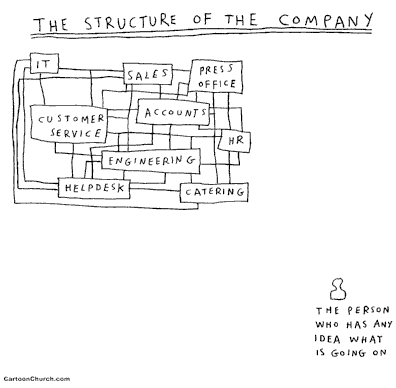
Statistics on how businesses use the Internet demonstrate how the Web 2.0 digerati are rocketing so far ahead of reality into their self-obsessed digital fantasy-land that they might as well be on Mars.
ABS figures show that fewer than a third of Australian businesses have a “web presence”.
This week the redoubtable Laurel Papworth complained about that:
Well, that sucks… Not much hope for Web 2.0 if 70% of us can’t get our heads around Web 1.0, is there?
Stephen Collins, who I’ve read for a while and chatted with recently, agrees.
I am disappointed. It indicates just how far behind the 8-ball most business in Australia is…
Laurel associates this lack of penetration with the widespread lack of understanding of the power of the Web, and specifically Web 2.0 technologies, amongst Australian business. I’d have to say I agree.
Really? Disappointed? I see steady growth in those “web presence” figures. I’ll show you in a moment. First, though, I need to tell you why I reckon you’re wrong.
“Disappointment” shows a misunderstanding of what constitutes “business”, even in the 21st Century. And there’s still a lot of work to help businesses lay the digital foundations before we start building so many crystal castles.

